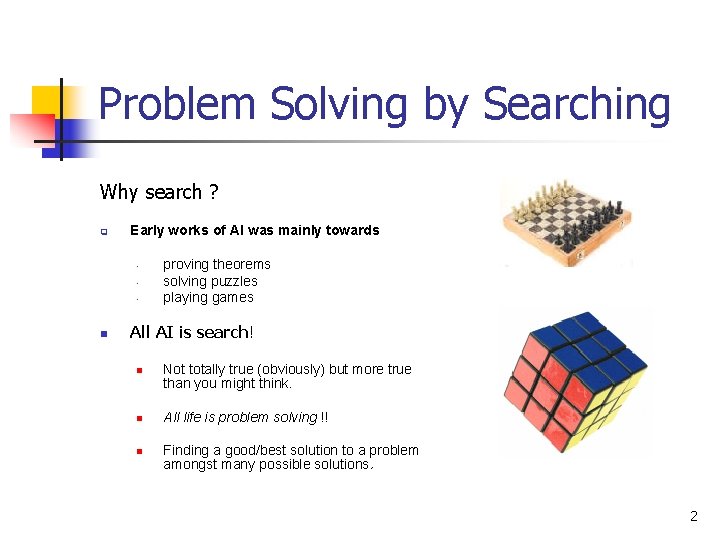
This article will cover the characteristics, applications, and limitations of sequence model. We will also discuss their architectures, loss function, and other characteristics. We will also briefly address the use of sequence modeling in machine translation. These algorithms are useful for a number of applications, from image captioning to translation of single-language inputs. Learn more about machine translation and data mining using these models. Let's look at some examples.
Applications of sequence models
Sequential data consists of input and output data in sequence models. Audio and Video clips, text streams, time-series data, and text streams are some examples. Sequence models are also used to classify sentiment based on the input. The most common sequence model and one that has been widely used is the recurrent network (RNN). It is highly efficient at processing data in sequences. Read on to find out how sequence models can benefit your business.

Characteristics for sequence models
For different purposes, there are different sequence models. Some are designed for classifying sequences of images or words. Some can predict the outcome to a specific action. Sequence models are also useful in analyzing data from various sources, such as audio clips or video clips. The most popular sequence model is the recurrent neural network (RNN), which has proven to be effective in processing sequential data. Here are some characteristics:
Architectures of sequence models
It is important to know the different architectures and functions of sequence models in order to understand how neural nets model the world. One common architecture is to use bidirectional LSTMs that simultaneously process vertical and horizontal axes. Parallel processing is more accurate and efficient. The end result will be a spatially-meaning receptive surface. Which architecture is the best for which task? It all depends on the application and what the task is.
Loss functions in sequence models
A loss function typically computes error when it compares the predicted and real values. The error propagates backwards during training. The training phase for Seq2Seq models is done on sequences that do not have labeled answers. The objective of the training phase is to minimize cross-entropy between the input and output sequences. The decoder generates the output sequences only after it has received training.

Performance improvements can be made by using attention-based model
A new type of neural network model is emerging, which can increase the performance and efficiency of machine learning systems. This model utilizes recurrent focus over an external memory. It's used to generate a response that is based on inputs and queries stored in memory. This technique makes use of various attention mechanisms to improve performance by focusing only on certain elements of a task. The most notable examples are:
FAQ
AI: Good or bad?
Both positive and negative aspects of AI can be seen. It allows us to accomplish things more quickly than ever before, which is a positive aspect. We no longer need to spend hours writing programs that perform tasks such as word processing and spreadsheets. Instead, we can ask our computers to perform these functions.
On the negative side, people fear that AI will replace humans. Many people believe that robots will become more intelligent than their creators. They may even take over jobs.
Who was the first to create AI?
Alan Turing
Turing was conceived in 1912. His father was a clergyman, and his mother was a nurse. He excelled in mathematics at school but was depressed when he was rejected by Cambridge University. He learned chess after being rejected by Cambridge University. He won numerous tournaments. He worked as a codebreaker in Britain's Bletchley Park, where he cracked German codes.
He died in 1954.
John McCarthy
McCarthy was born 1928. McCarthy studied math at Princeton University before joining MIT. There he developed the LISP programming language. He had laid the foundations to modern AI by 1957.
He died on November 11, 2011.
What is the role of AI?
An algorithm is an instruction set that tells a computer how solves a problem. An algorithm can be expressed as a series of steps. Each step must be executed according to a specific condition. A computer executes each instructions sequentially until all conditions can be met. This process repeats until the final result is achieved.
Let's say, for instance, you want to find 5. If you wanted to find the square root of 5, you could write down every number from 1 through 10. Then calculate the square root and take the average. It's not practical. Instead, write the following formula.
sqrt(x) x^0.5
This is how to square the input, then divide it by 2 and multiply by 0.5.
Computers follow the same principles. It takes your input, squares and multiplies by 2 to get 0.5. Finally, it outputs the answer.
Statistics
- Additionally, keeping in mind the current crisis, the AI is designed in a manner where it reduces the carbon footprint by 20-40%. (analyticsinsight.net)
- A 2021 Pew Research survey revealed that 37 percent of respondents who are more concerned than excited about AI had concerns including job loss, privacy, and AI's potential to “surpass human skills.” (builtin.com)
- While all of it is still what seems like a far way off, the future of this technology presents a Catch-22, able to solve the world's problems and likely to power all the A.I. systems on earth, but also incredibly dangerous in the wrong hands. (forbes.com)
- By using BrainBox AI, commercial buildings can reduce total energy costs by 25% and improves occupant comfort by 60%. (analyticsinsight.net)
- According to the company's website, more than 800 financial firms use AlphaSense, including some Fortune 500 corporations. (builtin.com)
External Links
How To
How to setup Google Home
Google Home is a digital assistant powered artificial intelligence. It uses natural language processing and sophisticated algorithms to answer your questions. Google Assistant can do all of this: set reminders, search the web and create timers.
Google Home is compatible with Android phones, iPhones and iPads. You can interact with your Google Account via your smartphone. Connecting an iPhone or iPad to Google Home over WiFi will allow you to take advantage features such as Apple Pay, Siri Shortcuts, third-party applications, and other Google Home features.
Google Home, like all Google products, comes with many useful features. It will also learn your routines, and it will remember what to do. So, when you wake-up, you don’t have to repeat how to adjust your temperature or turn on your lights. Instead, just say "Hey Google", to tell it what task you'd like.
Follow these steps to set up Google Home:
-
Turn on your Google Home.
-
Press and hold the Action button on top of your Google Home.
-
The Setup Wizard appears.
-
Continue
-
Enter your email adress and password.
-
Click on Sign in
-
Google Home is now available